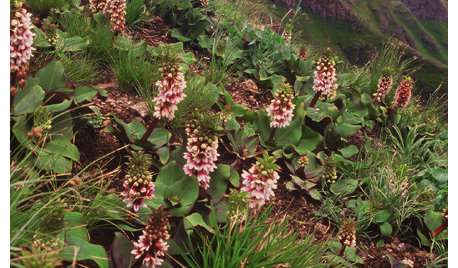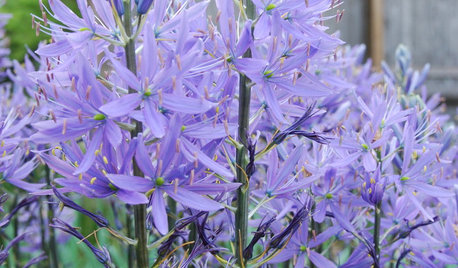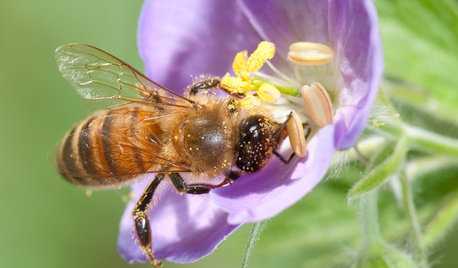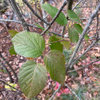Digging up wisteria plants from the wild
bart_2010
9 years ago
Related Stories

GARDENING GUIDES3 Exotic Flowers From the South African Wild
Add an enticing note to a garden border or patio container with these sophisticated and memorable African plants
Full Story
GARDENING GUIDESGreat Design Plant: Wild Lupine Dresses Up Rocky Gardens
Spiky blue flowers and a high tolerance for poor soil make this plant ideal for tough sites
Full Story
NATIVE PLANTSGreat Design Plant: Wild Bergamot, Friend of Foragers
Nourish butterflies and other winged creatures with the tubular flowers of Monarda fistulosa, a pretty pink native
Full Story
BULBSGreat Design Plant: Wild Hyacinth for a Bolt of Blue
Get knockout spring blooms on spiky stems by planting these bulbs before the ground freezes
Full Story
SPRING GARDENINGSpring Planting: Wonderful Wisteria
Classic Vines Add Fragrance, Color and Romance to Garden Designs
Full Story
GARDENING GUIDESGreat Design Plant: Wild Geranium Puts on a Color Show
Oodles of bright blossoms and an easygoing nature make this woodland plant a welcome addition to a shady garden
Full Story
LIFEFrom the Wild, Home: Elements of a Landscape of Experience
See how simplicity, mystery and lessons from nature can help you create a rich garden experience at home
Full Story
DECORATING GUIDESDesign Risks From Mild to Wild
These interiors aren’t afraid to stand out — in fact, they embrace their distinctive features
Full Story
DECORATING GUIDESThe '70s Are Back. Can Ya Dig It?
No need to cringe. These 21 groovy blasts from the past are updated to look fabulous today
Full Story
NATIVE PLANTSGreat Native Plant: Grow Wild Quinine for Its Unique Clusters of Blooms
Get connoisseur cred and unique blooms with this uncommon plant. Bonus assets: It’s low maintenance and drought tolerant
Full StorySponsored
Franklin County's Preferred Architectural Firm | Best of Houzz Winner
More Discussions









floral_uk z.8/9 SW UK
bart_2010Original Author
Related Professionals
Simpsonville Landscape Architects & Landscape Designers · Lowell Landscape Architects & Landscape Designers · Newcastle Landscape Architects & Landscape Designers · Medford Landscape Contractors · Westwood Landscape Contractors · Englewood Landscape Contractors · Manhattan Landscape Contractors · North Lauderdale Landscape Contractors · Oviedo Landscape Contractors · Palm Beach Gardens Landscape Contractors · Peachtree City Landscape Contractors · Santa Maria Landscape Contractors · Spring Landscape Contractors · Wethersfield Landscape Contractors · Whitehall Landscape Contractorsfloral_uk z.8/9 SW UK
bart_2010Original Author
floral_uk z.8/9 SW UK
bart_2010Original Author